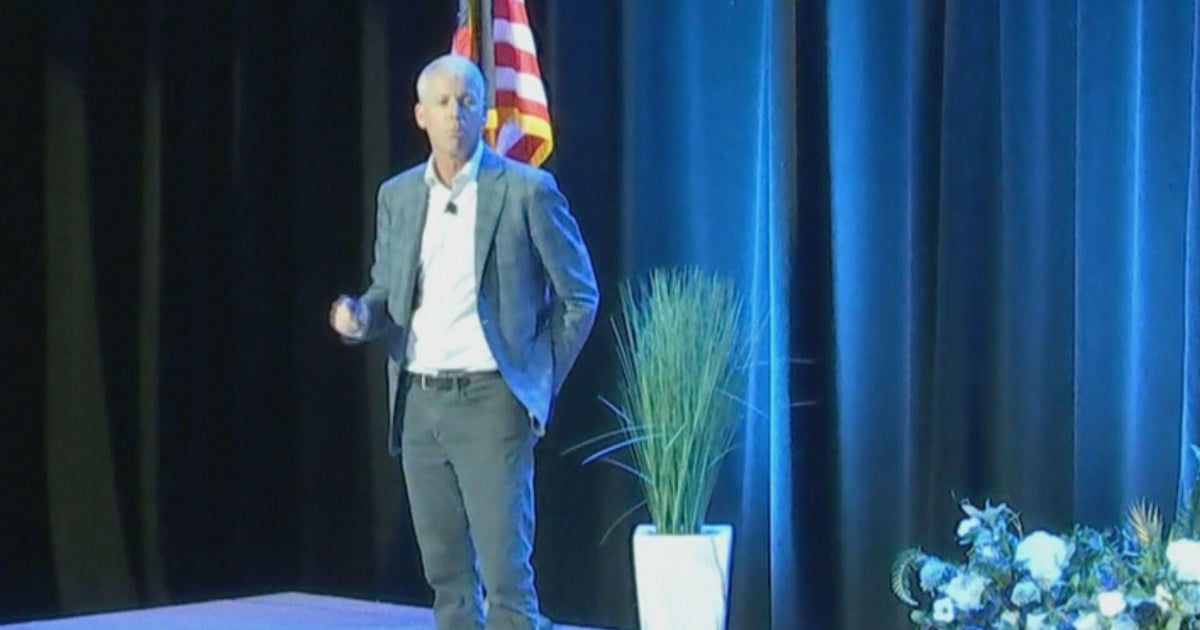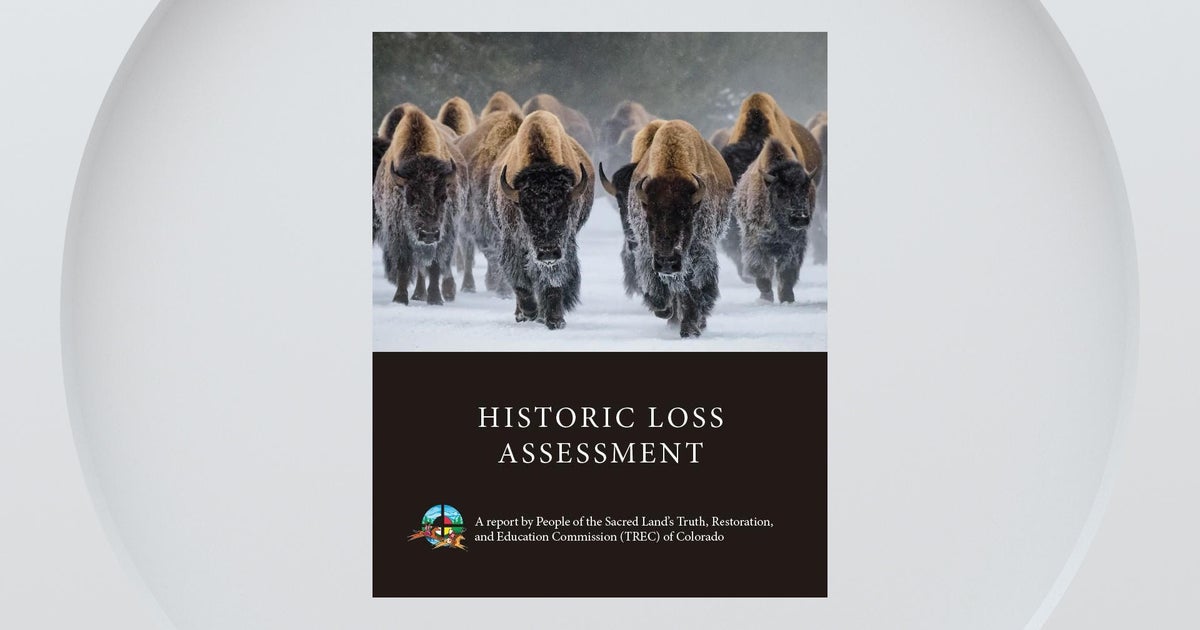Why Did The Lesser Prairie Chickens Cross The State Line?
SCOTT CITY, Kan. (CBS4) -- Hundreds of lesser prairie chickens were captured in Kansas over the last four years and transported to Colorado in an effort to bolster the birds' weakening numbers. Now it's a matter of keeping them here.
In the past month, biologists from Colorado Parks and Wildlife used drop nets and traps to catch the birds in western Kansas during their breeding season. The biologists hid on the perimeter of the breeding grounds in the early mornings and waited for the birds to arrive at sunrise to begin their courtship.
After the nets trapped them, the birds were quickly bagged, tagged, banded, weighed and measured.
Then they were driven 3 1/2 hours away to eastern Colorado and released.
But in the four years they've been doing this, biologists Jonathan Reitz and Liza Rossi have learned one important fact: Once a lesser prairie chicken crosses the road, there is no guarantee it will stay there.
"They often take flight upon release and can travel great distances," Reitz said. "We've observed some traveling 60 miles or more from the release site."
That observation and others have been made thanks to different monitoring devices attached to the birds prior to release.
"We know some birds flew to Texas and Oklahoma," Reitz said. "It's not uncommon for them to take off upon release and fly great circles before eventually returning to the release spot and settling down."
The CPW team plans to track the birds for the next two to four years. The goal is to re-populate a 33,000-acre area of grassland that was once home to tens of thousands of lesser prairie chickens, and spanned the Comanche National Grassland in Baca County, the Cimarron National Grassland in Morton County, Kan., as well as privately owned rangeland and Conservation Reserve Program property.
The conversion of grassland to cropland - and the resulting Dust Bowl in 1932 - crippled their numbers. Recent severe storms added to their stress.
So far, Reitz and Rossi have relocated 103 males and 102 females to the Comanche the last four years. The team also released 101 males and 105 females during the same time period just east of the state line in Kansas, making this the largest known translocation effort for lesser prairie chickens.
The biologists will now spend the summer watching to see if the new birds join those brought in during previous years and adjust to their new home - or if they fly the coop.











